
Having few or no teeth makes eating much more difficult. Seniors may suddenly find that they can’t eat their favorites. Caregivers often struggle too, trying to work out the best soft food for elderly with no teeth.
Thankfully, there are plenty of such foods out there. Getting a range of them under your belt can help you to start to create delicious meals, ones that everyone will enjoy.
In this post, we’re focusing on individual types of foods. Some of these may be served on their own, while others may feature as part of a meal instead. Our other posts on this theme provide more information on the topic, including full meals and recipes for elderly with no teeth, along with some popular snacks.
While these foods can be helpful, it’s still important to get specialist advice about what the elderly person can and can’t eat. This is critical, as there may be additional complexities, like food that interacts with medications or difficulties swallowing.
Also remember that people vary in what they can eat. Some seniors with no teeth can eat surprisingly tough foods because their gums are strong.
The Best Soft Food For Elderly With No Teeth
Well Cooked Vegetables
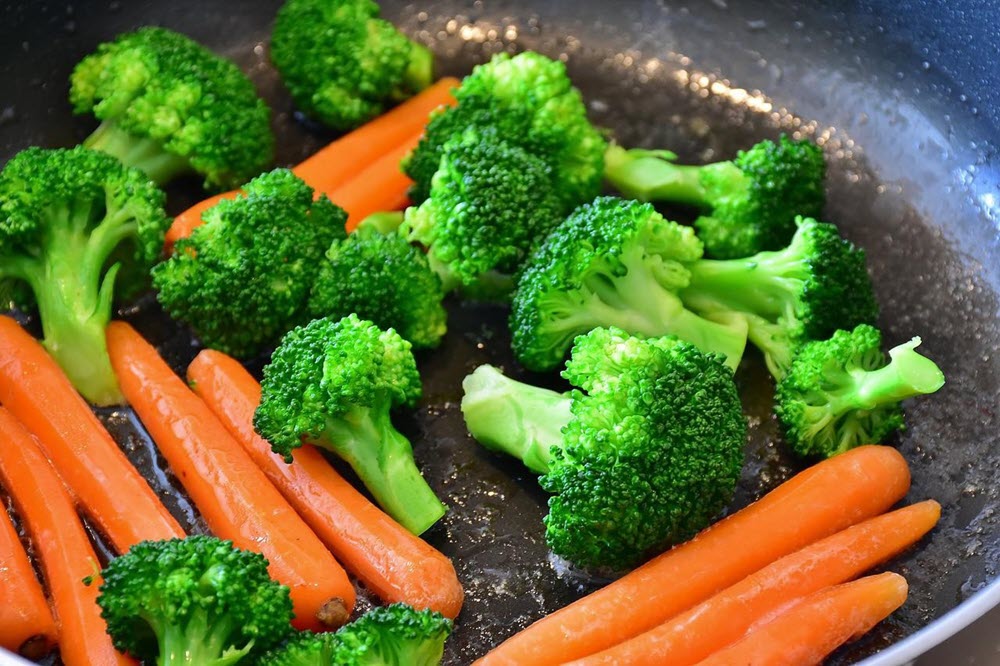
Vegetables are a valuable source of nutrients. They’re difficult to eat when raw or undercooked, but you can easily make soft versions.
The best technique is often to cook them until they are very tender. You can even mash them to create a baby food like consistency.
There are a few things to consider here though.
First, the ability to taste often diminishes with age, so nuanced flavors often get lost. Adding herbs and spices can make the dish taste much better.
Rosemary, garlic, pepper, and dill are all great additions. Be cautious with the salt though, as many seniors need to decrease their sodium intake.
Another thing is the texture.
When making food for elderly with no teeth, it’s tempting to mash everything up. However, many people can still eat whole vegetables, as long as they’re soft enough.
Keeping them whole when possible can help to make the plate look more interesting and less like baby food.
Mashed Potatoes
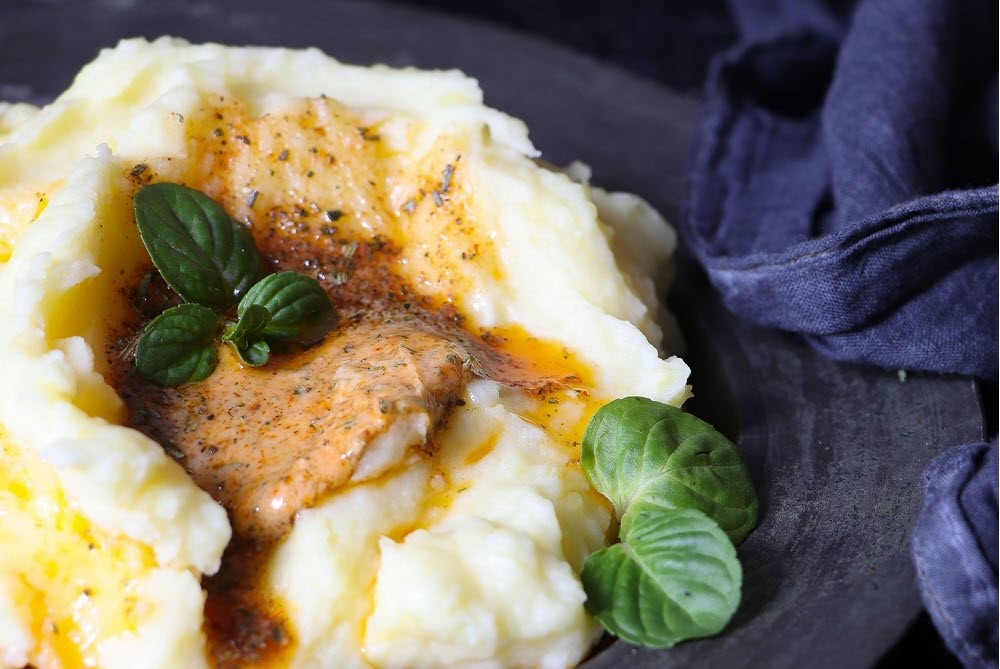
Despite their simplicity, mashed potatoes are surprisingly powerful. They’re familiar, easy to eat, and contain more nutrients than you might expect.
Potatoes are even better if you mash them with their skin on. This way you’re not losing all of the fiber and nutrients found in the skin.
You don’t need to rely on plain mashed potatoes either. There are plenty of ways to make them more interesting, including the following:
- Mix in sour cream and grated cheddar to add a flavor boost
- Cook them in the slow cooker (yes, really)
- Make a vegan version using ingredients like almond milk
- Mix some pesto in for an exciting flavor profile
- What about pumpkin mashed potatoes?
You can also make a mashed potato alternative by using cauliflower as the base ingredient. This is perfect for seniors who need to cut down their carb or calorie intake.
Cauliflower mash is also good simply because it’s different.
Mashed Sweet Potatoes
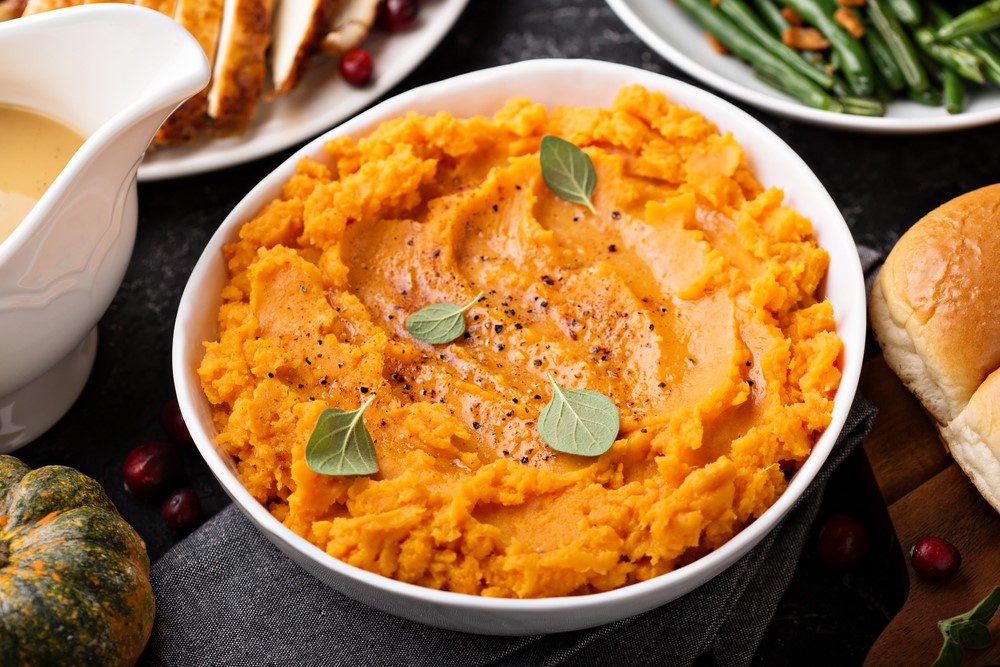
Sweet potatoes can be mashed just like regular ones. They’re still soft and are much more vibrant than regular potatoes.
You can play around with seasoning ingredients too. For example, this version uses cinnamon, ginger, and a little nutmeg to create a truly amazing dish.
Scrambled Eggs
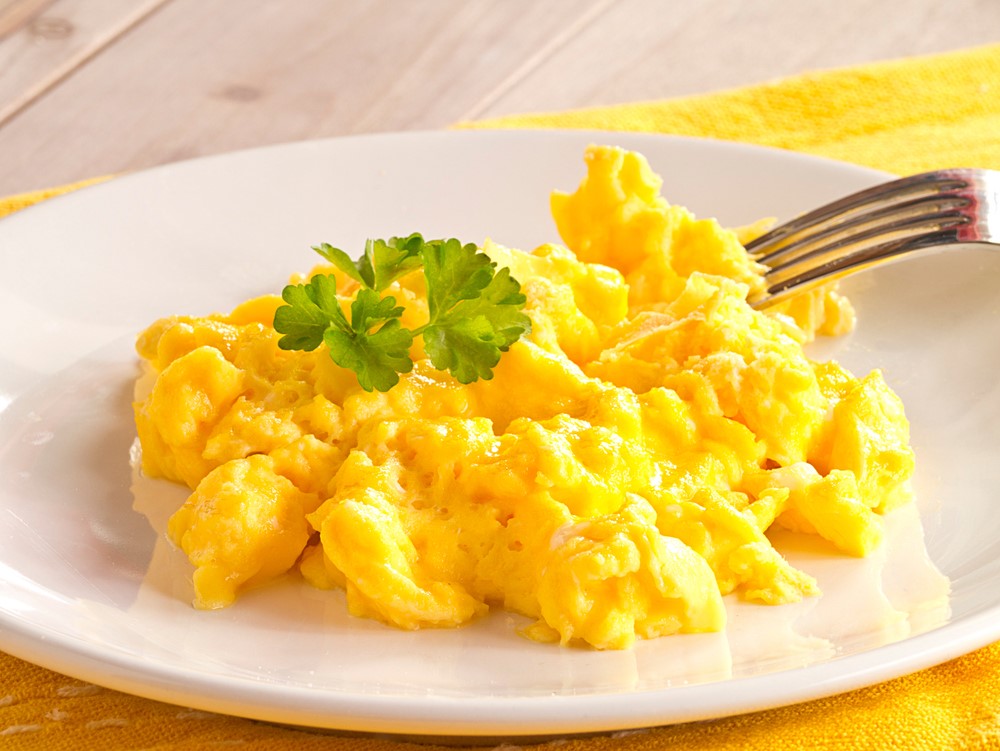
It’s easy to see why scrambled eggs are a go to for people with no teeth. Not only are the eggs soft, but they’re also fast to prepare and are packed with nutrients.
Don’t fall into the old trap of seeing eggs as unhealthy because of their cholesterol content. This isn’t true for most people, as our bodies can create cholesterol on their own.
If you’re concerned, check in with the senior’s doctor. They can advise you on egg consumption.
Hearty Soup
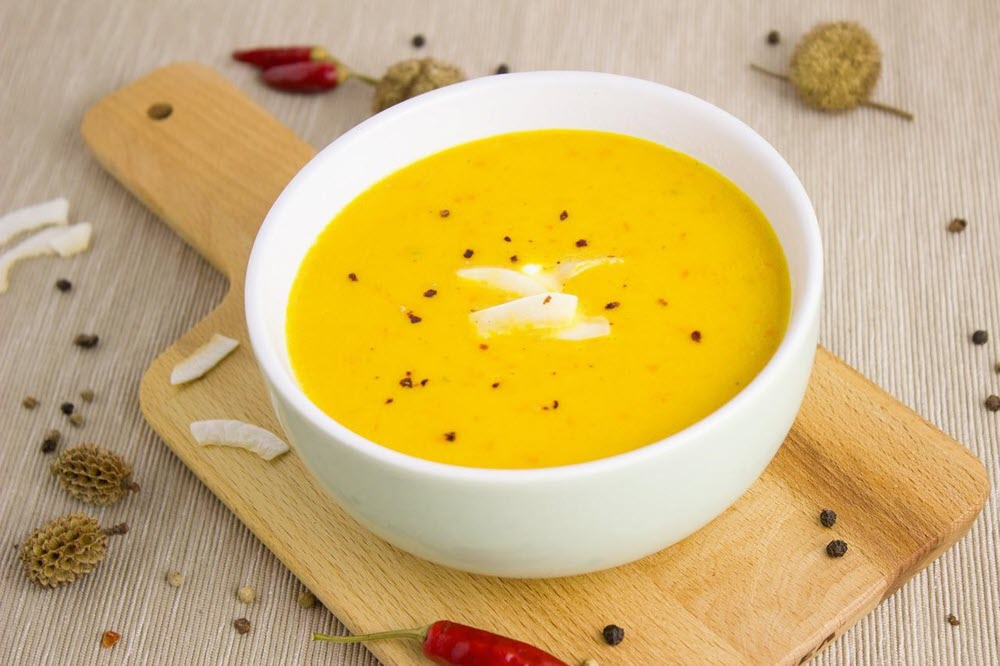
Soup is another obvious addition to this list. It’s a liquid to begin with, so there’s nothing for seniors to chew.
The trick is to choose your soup well. Watery soup with minimal protein can help with hydration, but won’t keep anyone full for long.
Serving the same type of soup regularly also gets pretty boring. Thankfully, there are plenty of delicious soups to try, including potato soup, butternut squash soup, and even lasagna soup.
Hummus

Dips are often used as part of a bigger meal or at parties, so it’s easy to forget just how versatile they are. Hummus is especially powerful, as it’s high in protein, fiber, and nutrients.
For an easy snack, why not spread some hummus on soft white bread? Such bread should easily be soft enough to eat, especially if the crusts are removed first.
Alternatively, why not eat hummus with a spoon? This isn’t a common practice, but it should be, as hummus really is delicious.
Meatloaf With Gravy
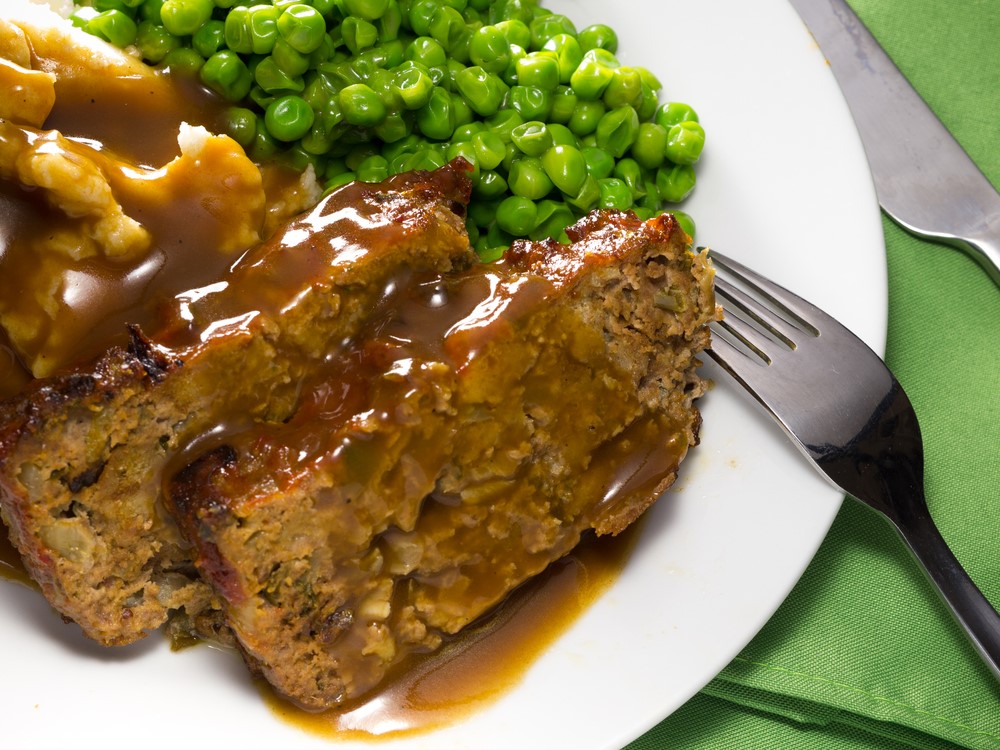
Meat is generally too tough for seniors with no teeth. Meatloaf is a fantastic exception though, as it’s much softer, especially when made well.
You will need to make sure the meatloaf stays moist, as this makes it easiest to eat. Try covering it with rich gravy too. The gravy keeps the meatloaf moist and provides a fantastic flavor contrast.
Oatmeal
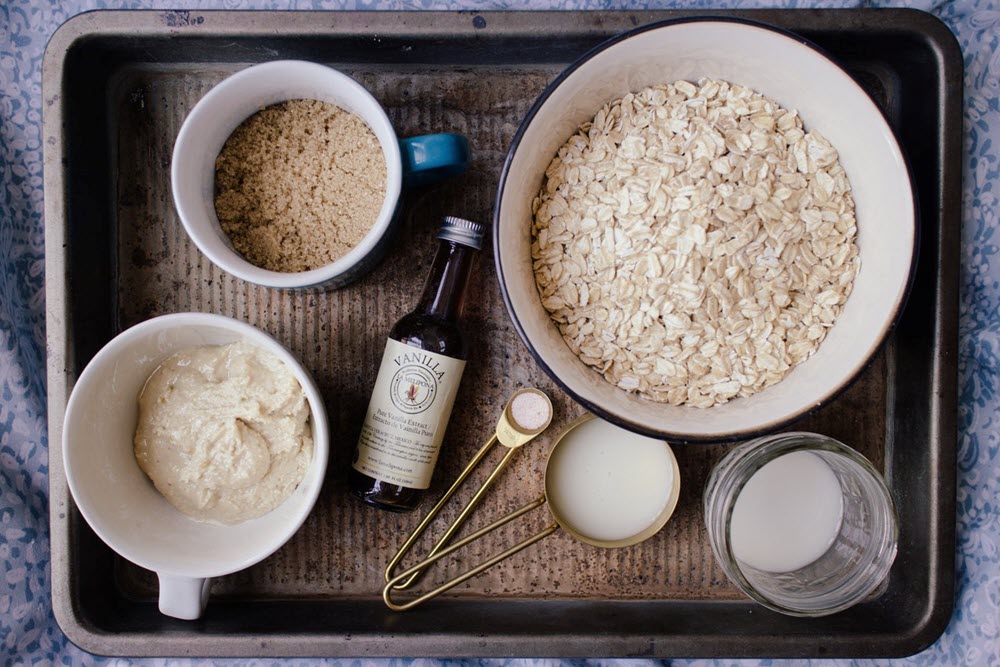
Oatmeal is soft and familiar, making it an obvious entry on this list. There’s just one problem – it’s boring.
Thankfully, you can mix things up and make oatmeal much more interesting.
One trick is to go savory rather than sweet. Using chicken stock rather than water to cook the oatmeal has this effect. You can then add a few savory toppings – perhaps even scrambled eggs and some chives.
Alternatively, you might use chai tea concentrate with your oats to create a richer flavor.
Soft toppings like applesauce and fruit compote are fantastic too. These add some flavor and texture variation.
Rice
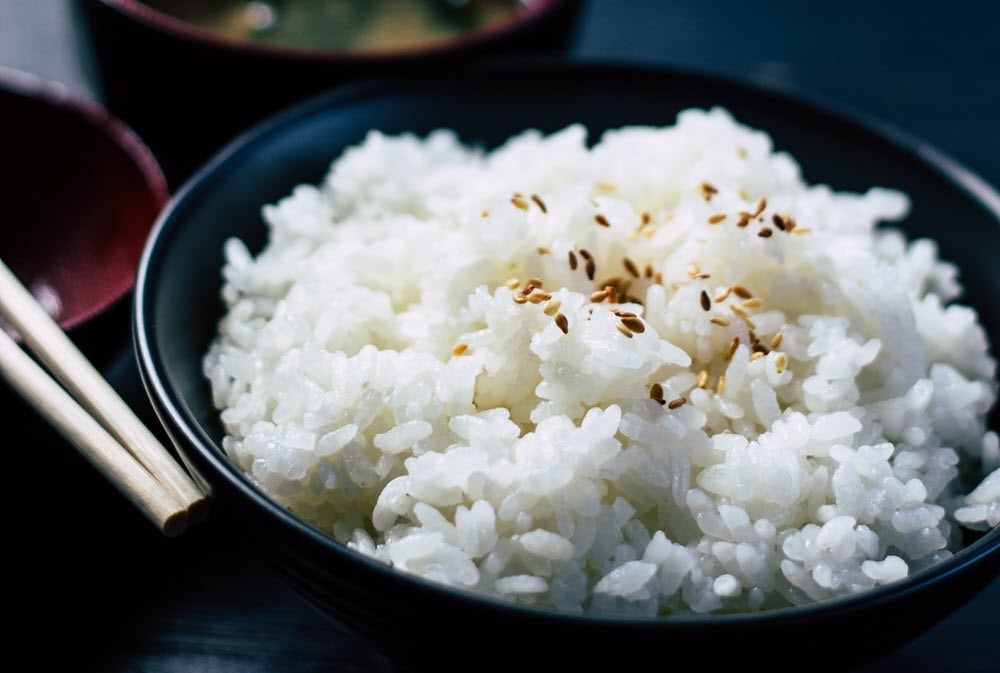
The blandness of rice makes it an incredibly useful ingredient. Plus, it’s easy to digest and complements many other ingredients.
Rice also gets pretty soft when you cook it for an extended time. This makes it an excellent soft food choice.
You probably won’t be serving rice on its own. It’s not interesting or nutritious enough for that. However, you can easily include it with other soft ingredients from this list, including a side of vegetables and perhaps some fish.
Also remember that you can spice up rice to make it much more interesting. This buttery seasoned rice is one example of many.
Risotto

Speaking of rice, a risotto is an excellent soft meal. You’re often getting plenty of flavors and the rice itself can be quite soft.
You’ll just need to pay attention to any extra ingredients, like meat or vegetables. Make sure that all of these are soft enough for the senior as well.
Lentils
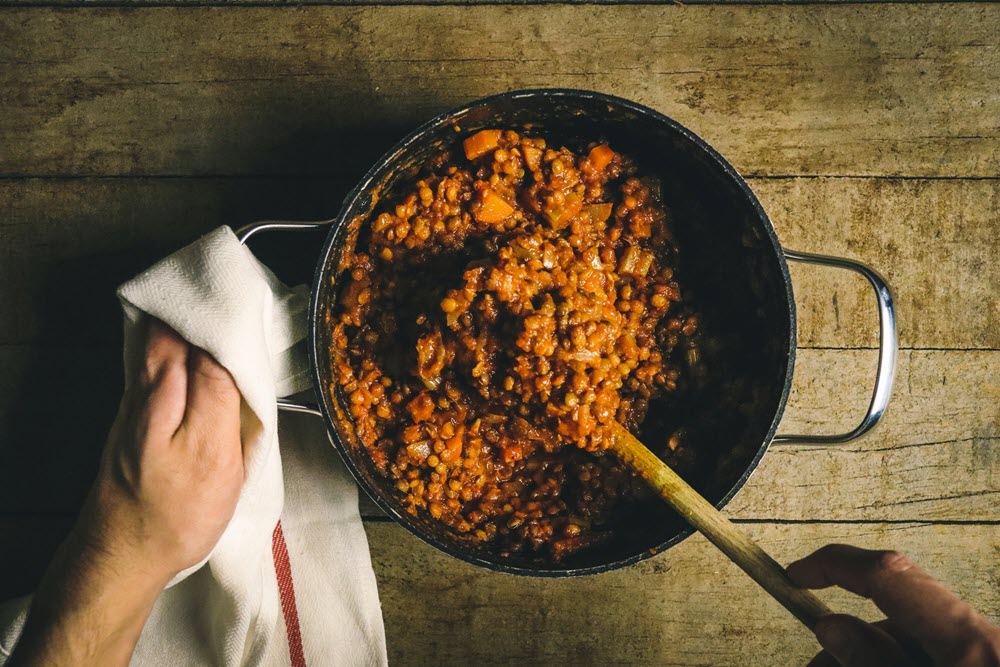
Lentils are another great choice. Unlike rice, lentils are rich in protein and fiber. They contain many essential nutrients as well.
Lentils are also incredibly soft once you’ve cooked them down. This is especially true for red lentils. These turn to mush before too long at all.
Soft Bread
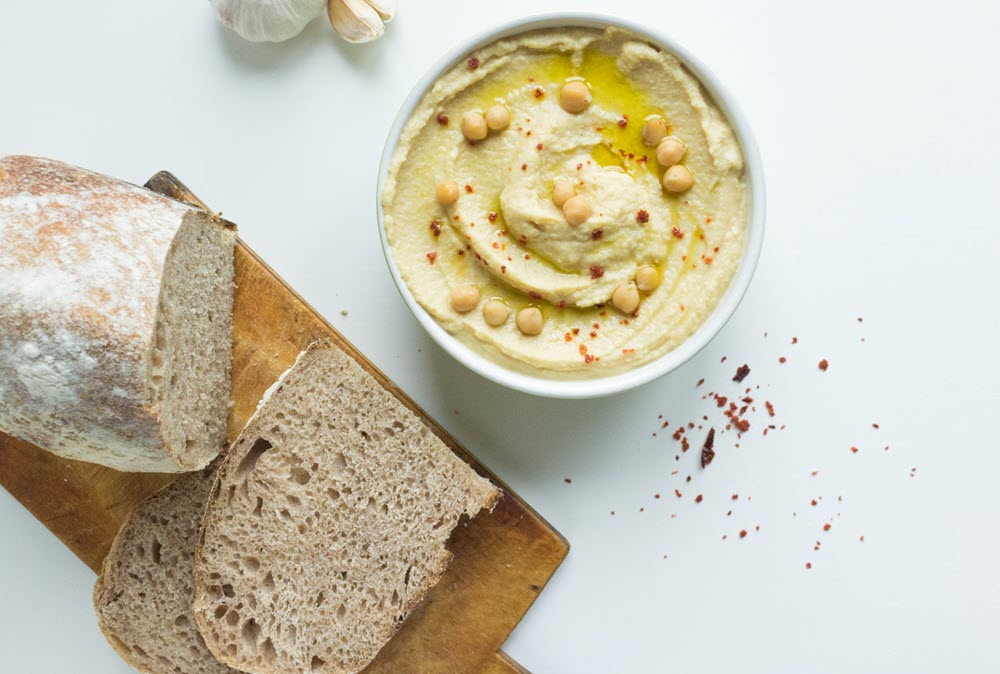
Having no teeth doesn’t mean that elderly people need to avoid bread. They just need to choose their bread carefully.
Soft bread is the ticket here. This may involve focusing mostly on bread from the grocery store, rather than artisan bakery bread.
If you make bread at home, you’ll need to look for recipes that produce reliably soft bread.
Some seniors may be able to eat all of the bread, while others may need the crusts cut off instead. Having some extra moisture can help as well, like oil, butter, hummus, or even gravy.
Grains
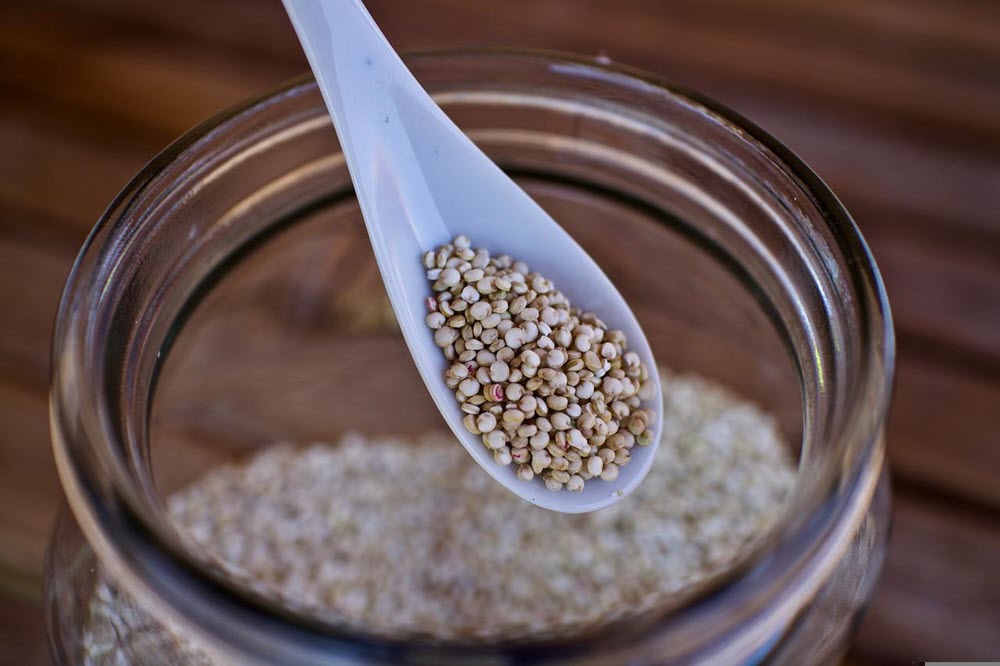
Like lentils, grains can be a soft choice if you cook them for long enough. Barley, rolled oats, oat grouts, and quinoa can all be soft choices.
These all have a fairly mild flavor, so you’ll need to mix them with other ingredients or find ways to spice them up. Thankfully, there are plenty of approaches to choose from.
Couscous
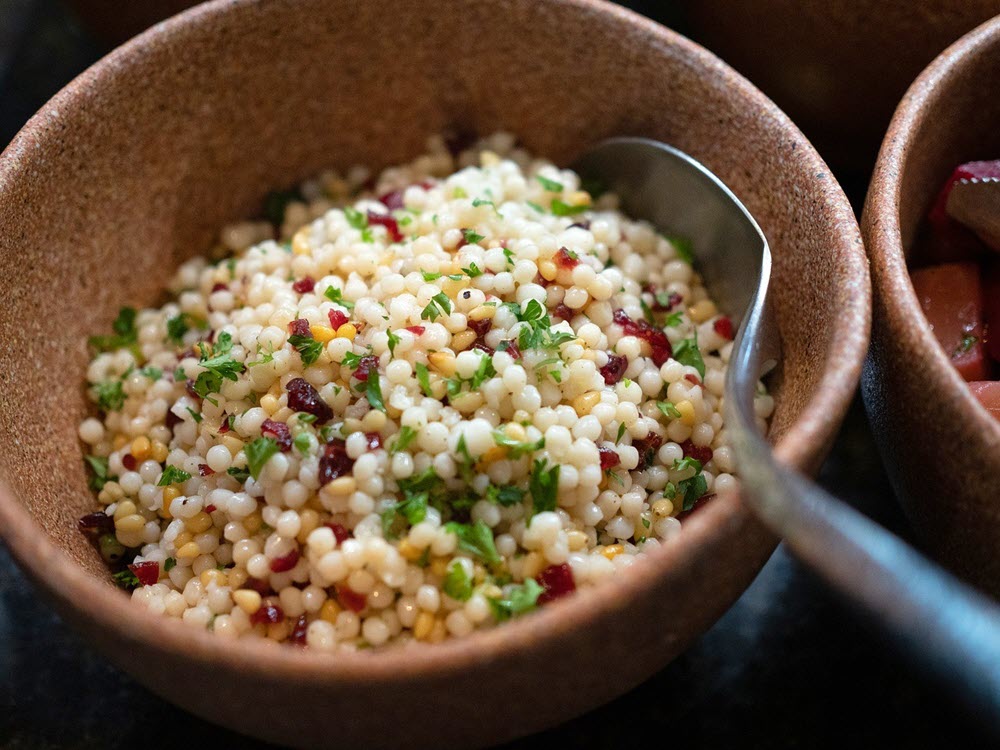
While couscous looks like a grain, it isn’t actually one at all. Instead, it’s more like pasta. This makes it a fantastic addition to many dishes.
Plus, small grained couscous cooks very quickly indeed, making it ideal for busy caregivers.
Again, you’ll need to find ways to spice up your couscous to make it enjoyable. You might include some steamed vegetables on top too. These help to vary the texture.
Greek Yogurt
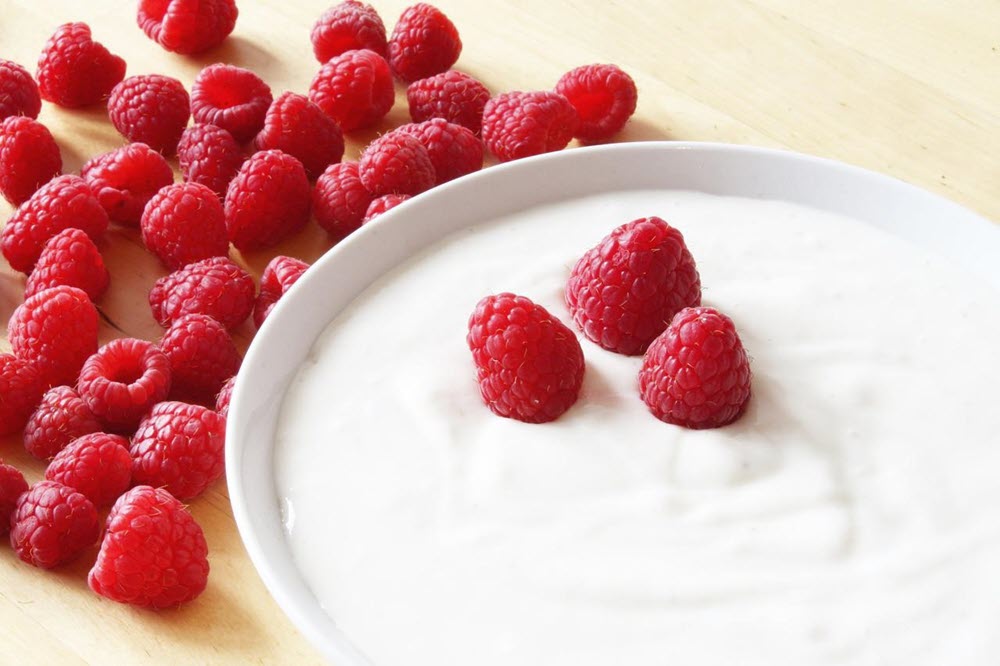
There are plenty of soft dairy foods to choose from. Greek yogurt is particularly interesting, as it’s also packed with protein. This makes it more filling.
Some versions also contain probiotics, which could offer health benefits and help with digestion.
Don’t worry if Greek yogurt is too intense or unfamiliar – regular yogurt can be healthy as well.
It’s important to choose the product carefully though. Too many yogurts are full of sugar, preservatives, and artificial ingredients. The healthiest ones are minimally processed and rely on natural ingredients.
Canned Fruits And Vegetables
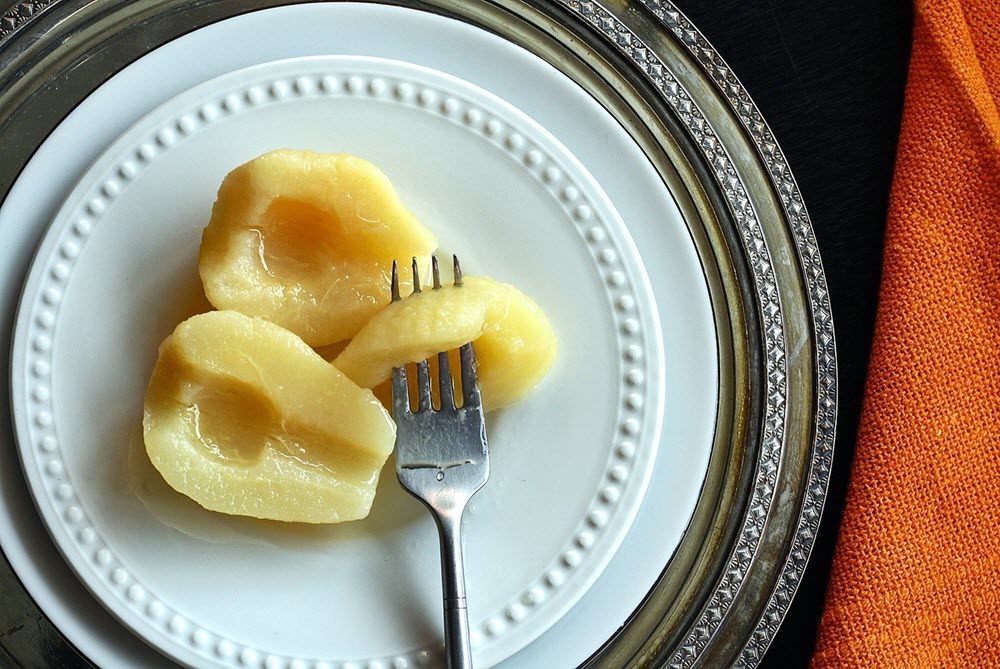
Canned fruits and vegetables can be almost as nutritious as fresh ones. They’re also much softer.
They’re excellent choices for caregivers who are short on time and energy.
To see the most benefits, you’ll want to choose your products carefully. Look for ones that include the fruits or vegetables and little else.
For vegetables, you want to avoid added salt as much as possible. For fruit, it’s extra sugar you’re worried about. Be particularly cautious with fruit that’s canned in syrup, as the syrup can be very sugar dense.
Baked Fish
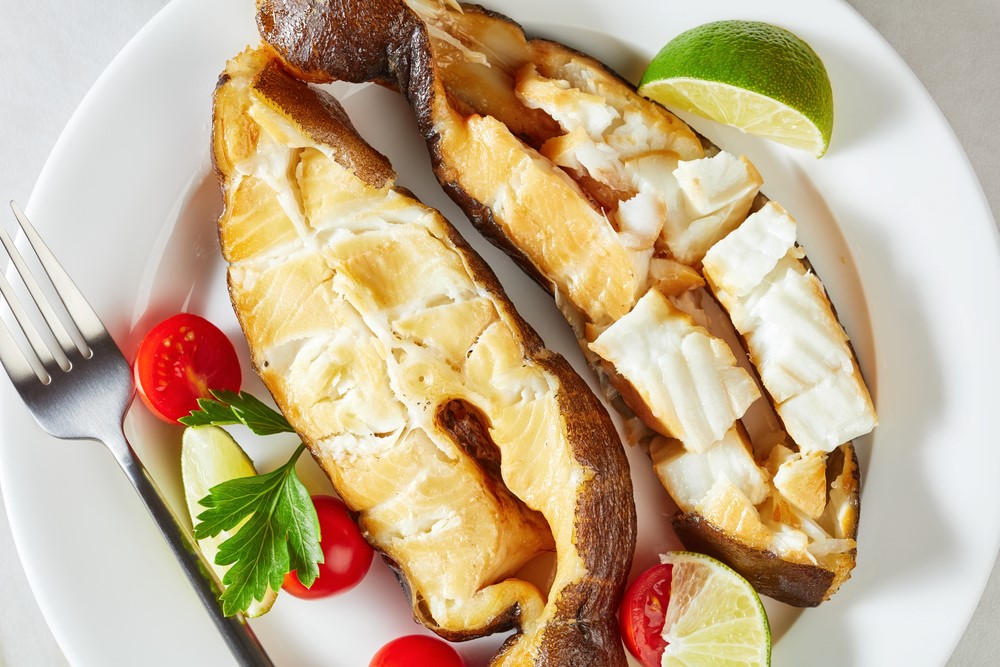
Fish tends to be softer and easier to eat than meat (as long as the bones are removed!).
Flaky fish is perfect, as it almost falls apart when you’re trying to eat it. Cod is a popular flaky fish. It also has a delicate flavor that works well in many meals.
Baking the fish in foil ensures that none of it gets crispy. You’re also trapping steam in with the fish, which helps it to stay tender.
Slow Cooked Meat

Meat isn’t the easiest ingredient for seniors who have lost their teeth. Still, it’s possible to keep meat soft and tender, particularly if you use a slow cooker.
It’s crucial to choose a good cut of meat and cook it for long enough. Cutting the meat up also helps, as the smaller bites are easier to eat.
You could even go as far as pureeing your meat. You could puree it with gravy, then serve it over mashed potatoes for a soft and delicious meal.
Pureed Potato Salad

Speaking of pureeing foods, what about pureed potato salad? You still get the nutrients and flavor of the salad, just in a softer form.
Even mashing the salad could be helpful.
Cottage Cheese
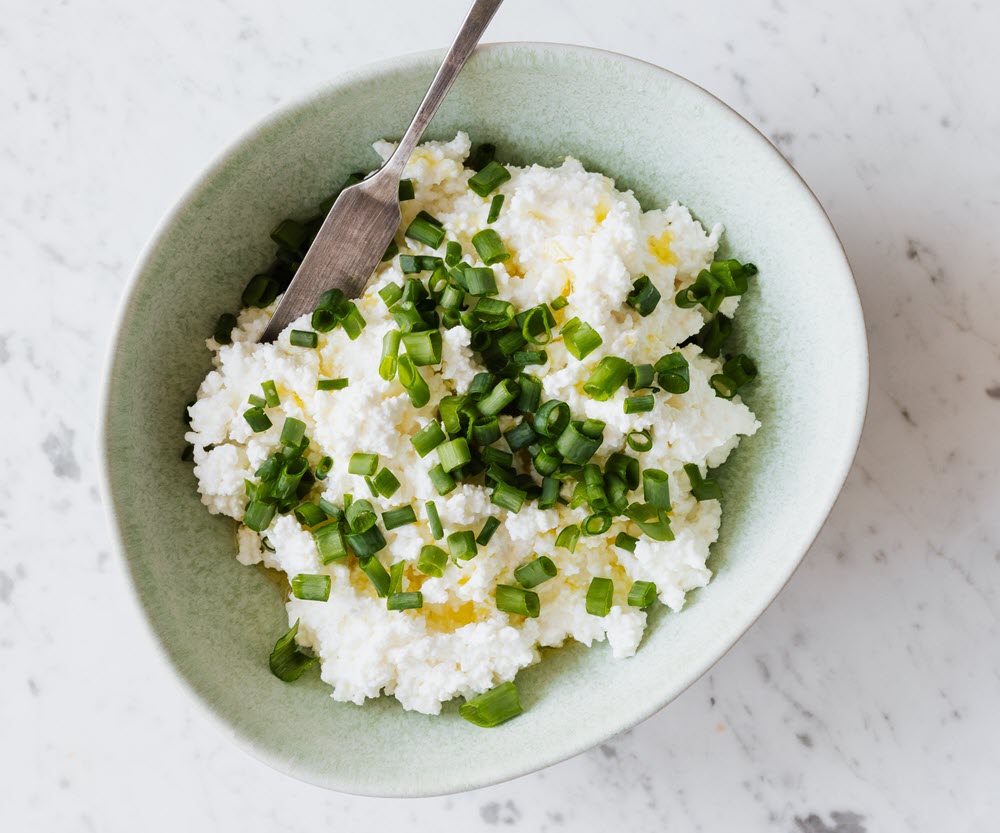
Cottage cheese isn’t just a dieter’s ingredient. It’s useful in all types of situations – as the dairy product is soft and protein rich.
The flavor isn’t amazing, but you don’t need to eat cottage cheese on its own. There are plenty of good toppings or mix ins, like applesauce, sliced bananas, crushed pineapples, and berry compote.
Refried Beans
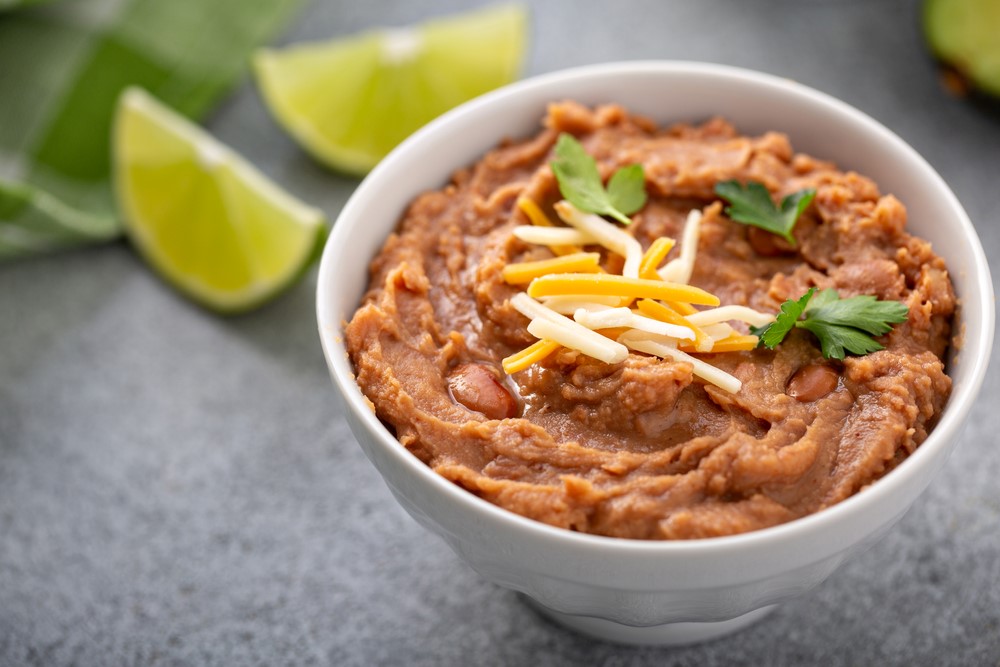
If cooked beans are a bit too tough or boring, why not try refried beans? It’s easy to mix spices into these to make them taste amazing.
Serving refried beans and rice often works well, as rice tends to be soft, especially when cooked well.
Bonus: Nutrient Packed Smoothies

Finally… there are smoothies. While they’re a drink, rather than a type of food, they’re still highly relevant.
For one thing, smoothies are very easy to consume. This can be perfect for seniors with a low appetite and those who resist eating.
There’s plenty of variation too, from prepackaged shakes like Ensure and Boost, to the fruit and vegetable rich smoothies that you prepare at home.
The trick is to plan carefully. Think about your ingredients and how they match the senior’s needs.
For example, some seniors will need to keep their calorie content low. This means you’ll need to avoid high fat and high calorie additions, perhaps using water or almond milk as a base.
Others may need a calorie dense shake, which involves an entirely different combination of ingredients.
Inexpensive Food List for Seniors with No Teeth
Since maintaining finances can be difficult after retirement, you might be worried about going over budget. Don’t be! Here’s a quick budget-friendly grocery list that you can easily afford with your retirement income. You can easily pick your desired groceries from a decent range of healthy foods that seniors with no teeth can effortlessly eat.
Fruits and vegetables like broccoli, sweet potatoes, carrots, peaches, and bananas hardly cost a few cents. Plus, you can easily purchase cottage cheese, eggs, yogurt, oats, etc. for only a couple of bucks.
Not to mention, all the food items are versatile and can be whipped into different soft food recipes. So, skip expensive specialty food & unappetizing gruels, and enjoy these delicious & healthy soft foods for the elderly!
Final Thoughts
Soft food for elderly without teeth doesn’t need to be boring or predictable. As we’ve shown in this list, there are plenty of meals and ingredients that seniors can enjoy.
We’ve only scratched the surface too.
For even more ideas, check out our lists of meals and recipes that work for this population.
As you start exploring and looking for different ingredients, remember that most seniors without teeth are still able to chew somewhat.
Some are even able to manage tougher food than you might expect. This is why it’s worth experimenting. Try different foods and see which ones your loved one can comfortably eat and which they can’t. After all, most seniors won’t want to eat pureed ‘baby food’ time after time if they’re still able to eat delicious and interesting meals.


Thank you so much Cassie this site was so helpful as I help out with my mother who can no longer eat hard foods. You gave me so many ideas.
I am already doing a lot of this but have found that rice and chicken noodle soup ( in particular) are triggering aspiration. I have had some success with sliced banana, mashed avocado, tomato soups. Also my grandmother is lactose intolerant, but Lactaid now makes a Protein Milk that I am giving her. She is 97 and down to only 80 pounds but I am trying hard.
IT SURE HELPEDGIVE US IDEAS! Thank you so much. Bobbie Howell
Don’t forget about mashed potato salad and oatmeal pie.